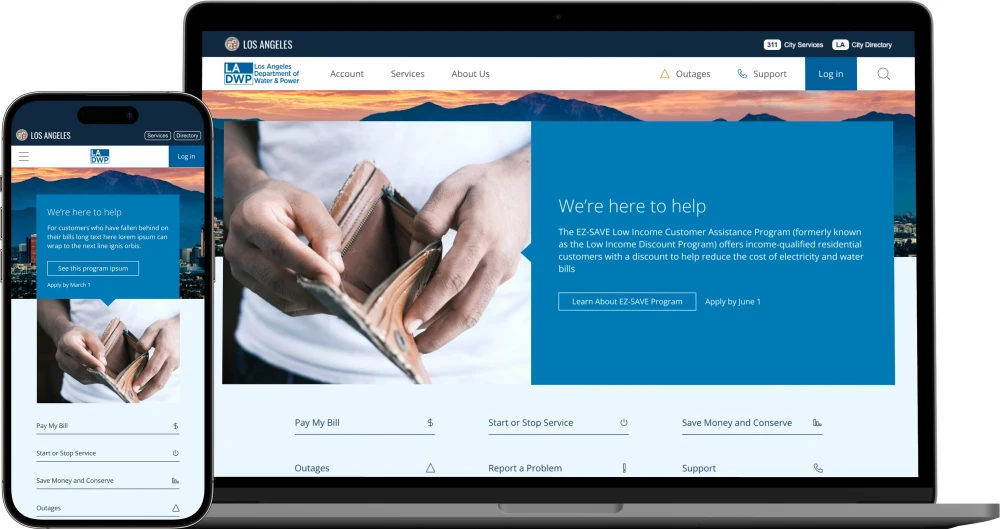As we close out 2024 and enter into 2025, the Government Technology (GovTech) sector continues to rapidly evolve. The strong influence of technology on the public sector reshapes how governments interact with citizens, deliver services, and enforce laws. We’re going to explore the top trends in GovTech, and how you can optimize your strategy going into Q1 of 2025.
Understanding the GovTech Landscape
The GovTech landscape is unique, characterized by its focus on enhancing the efficiency and effectiveness of government operations through technology. It includes a varied range of services from public administration to resource management. This sector is increasingly recognizing the necessity of technology, not just for operational efficiency but for greater transparency and public trust.
Within the GovTech arena, there are numerous stakeholders, including government agencies, private tech firms, and civic organizations, all working cohesively to create smarter, more responsive governmental practices. Understanding these dynamics is critical for stakeholders aiming to innovate within this space. The interplay between these entities often leads to the development of innovative solutions that address complex societal challenges, such as improving public health systems or enhancing disaster response strategies. As the landscape evolves, the emphasis on collaboration among these diverse groups becomes even more pronounced, fostering an environment ripe for experimentation and growth.
The Role of Technology in Government Operations
Technology plays an important role in streamlining government operations, enabling agencies to serve citizens more effectively. Tools like cloud computing, data analytics, and mobile applications are being utilized to improve service delivery, ensure data accuracy, and enhance communication. For instance, the implementation of online portals allows citizens to access services and information at their convenience, reducing the need for in-person visits and minimizing wait times.
In addition to improving operational efficiency, technology empowers governments to gather and analyze data for informed decision-making, risk management, and resource allocation. The drive towards technological alternatives exemplifies how integrated systems can optimize urban living conditions, from traffic management to public safety initiatives. Plus, the use of AI and machine learning in predictive analytics is revolutionizing how governments anticipate and respond to citizen needs, enabling proactive rather than reactive governance. This shift not only enhances service delivery but also fosters a culture of innovation within public institutions.
Emerging GovTech Trends
The rapid advancement of technology gives rise to innovative solutions that reshaped government practices. In 2024, several emerging technologies have gained notable traction within the GovTech sector, reflecting their potential to enhance governmental functions.
Citizen-Centric Digital Services
The focus on citizen-centric services continues to grow. Governments should prioritize user experience and use digital platforms that are intuitive and accessible. Successful initiatives, such as integrated portals for service requests and feedback mechanisms, have significantly improved citizen engagement.
Hounder has helped government agencies such as the Los Angeles Department of Water and Power transform their web interface. As the largest utility provider in Los Angeles, LADWP needed an updated website that catered to its customer base. With our expertise, we were able to design and develop a platform where citizens can easily complete payments, get outage information, start or stop services, and more.

User-friendly web design has to be at the forefront of your strategy since your local citizens and employees will be at the core of your user base. Make sure it isn’t a hassle for them to access the information they need. Let’s face it, citizens already don’t enjoy completing tasks like paying bills, so your main goal should be to make those tasks as painless as possible.
Increased AI Adoption
According to Gartner, they predict that 70% of government agencies will use artificial intelligence (AI) to enhance human administrative decision-making by 2026. Government organizations are increasingly deploying AI-driven solutions, such as chatbots and predictive analytics, to streamline operations. These technologies enhance decision-making by analyzing vast datasets, allowing agencies to respond more effectively to citizens' needs. The shift towards AI is not only about automation but also about improving service quality and operational efficiency.



